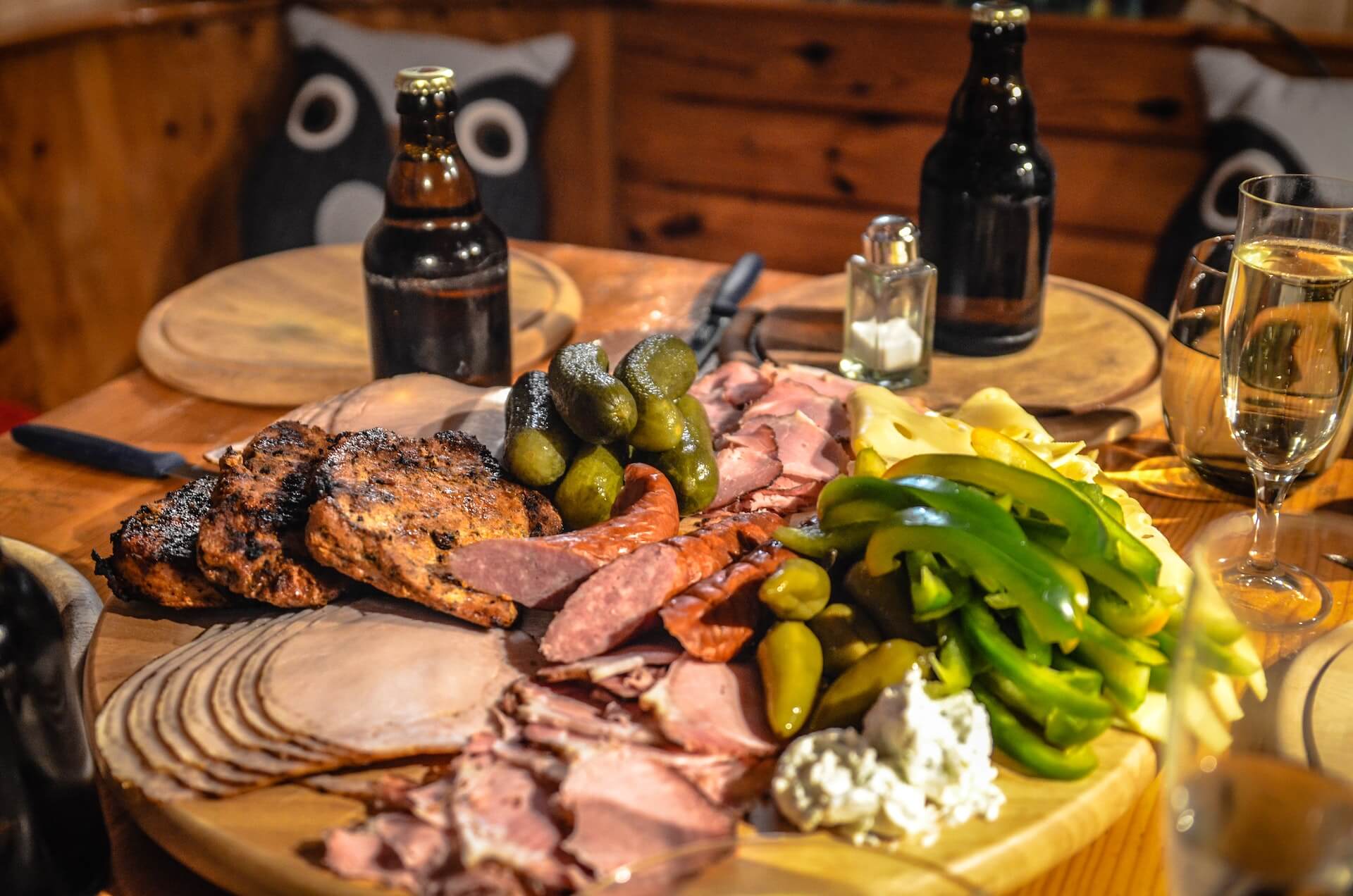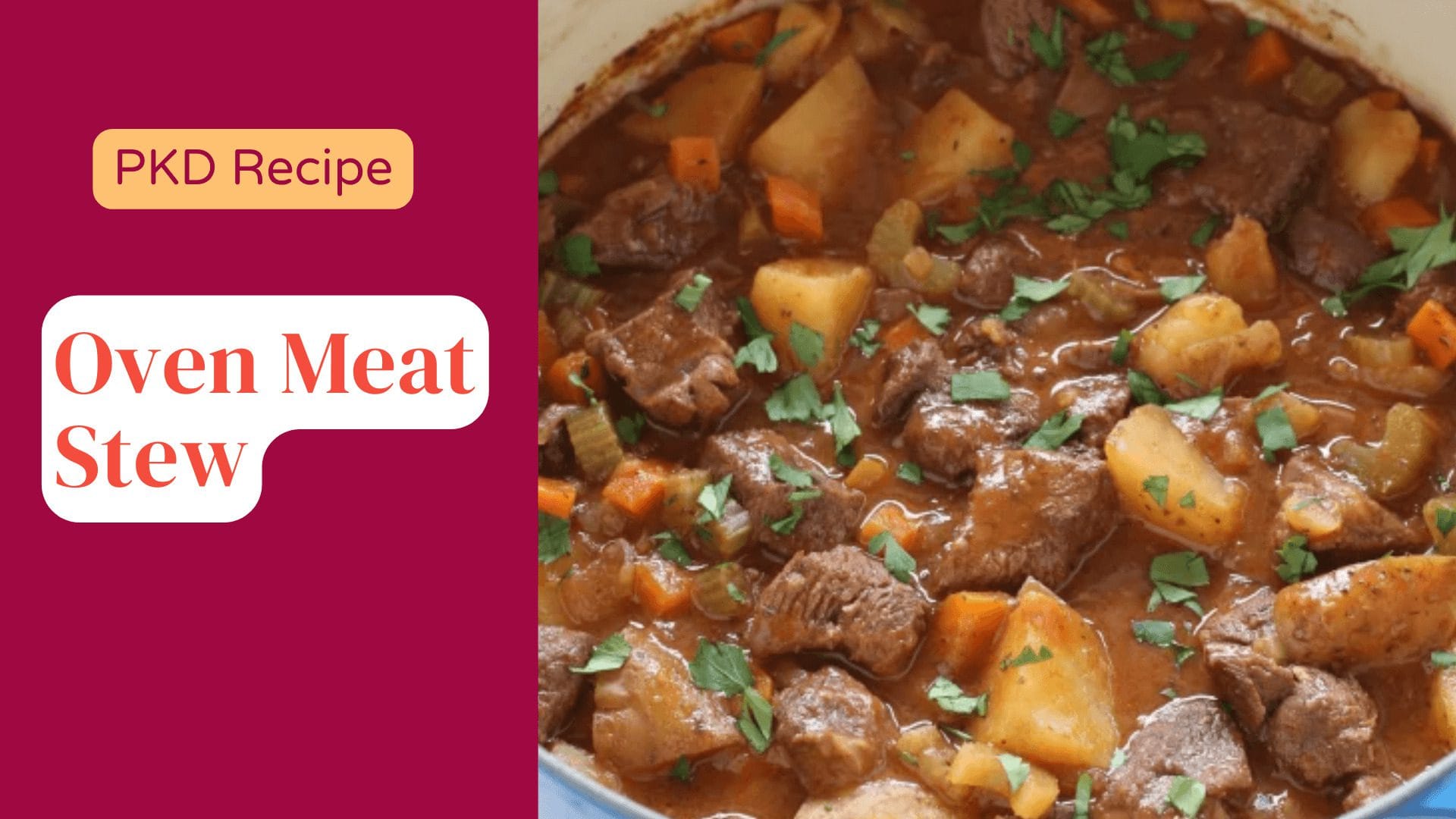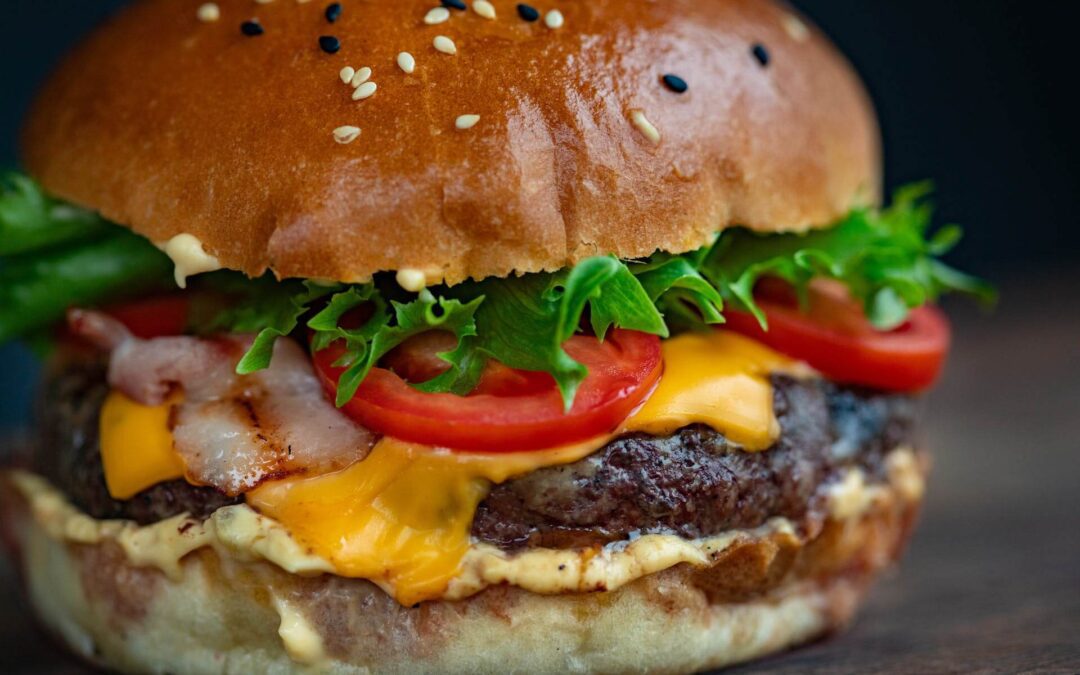The ketogenic diet is low in carbohydrates, moderate in protein, and high in fat. It induces ketosis in the body, which means that instead of glucose, the body burns fat for energy. On the traditional ketogenic diet, food quality is rarely defined. It may be whole-food based, but it may also contain a lot of processed food, harmful oils and fats, and artificial sweeteners.
The ketogenic diet’s advantages stem from the ketosis condition. (1) These advantages have been widely demonstrated in the cases of several disorders, including epilepsy and other neurological conditions (2) high blood pressure, diabetes, and obesity, to name a few.
The Paleolithic (Paleo) Diet consists solely of foods that were thought to be available before the development of agriculture during the Paleolithic period. Examples include fruits, vegetables, tubers, fish and shellfish, grass-fed lean meat, pasture-raised chicken and eggs, nuts, seeds, and oils. It forbids using all grains, cereals, dairy, nightshades, legumes, sugar, and processed foods. The paleo diet is often low in fat, high in plant foods, and moderate in protein.
Professor Loren Cordain of Colorado State University pioneered the Paleolithic Diet. He proposed that it was the only ideal diet for all Homo Sapiens.
The Paleolithic-Ketogenic Diet (PKD) combines these two diets to get the benefits of each while avoiding their drawbacks.

The Benefits of PKD
PKD has all of the benefits of ketosis, but it goes a step further by avoiding inflammatory foods, which aids in the healing of increased intestinal permeability. An excellent intestinal barrier is selectively permeable, absorbing essential nutrients and water while protecting against microbes and poisons. Inflammation and illness are known to result from a compromised gut barrier function.
When PKD patients’ gut integrity is restored, several chronic disorders, such as autoimmune diseases and cancer, improve.
The Paleolithic Ketogenic Diet is a diet that evolved. Dr. Zsófia Clemens, Ph.D., and Dr. Csaba Tóth created it in Hungary between 2010 and 2013. The diet is based on clinical research and data from over 10,000 people over the last ten years. (3) | (4)
Since 2012, the International Center for Medical Nutritional Intervention (ICMNI), formerly Paleomedicina, Hungary, has employed the Paleolithic Ketogenic Diet to treat several chronic conditions, including many forms of autoimmune disorders and malignancies. (5)
The benefits of PKD come from different aspects:
- Its capacity to produce ketosis is the human body’s normal physiological condition.
- All necessary elements are provided without the use of supplements.
- Heals leaky gut syndrome by eliminating all natural toxins and dietary additives.
While the traditional ketogenic diet has several advantages due to ketosis, it can nevertheless limit healing due to the consumption of specific inflammatory foods that promote increased intestinal permeability and chronic inflammation. Excessive dairy, plant oils (such as maize, canola, and soy), nuts, seeds, and nightshades are examples of these foods.
What Can I Eat on a PKD Diet?
PKD is classified into two types based on the individual’s health and goals.
Only meat, animal fat, and organ meats from four-legged animals, ideally grass-fed, pasture-raised, and organic, are suggested for those with chronic illnesses. A dietary amount and a 2:1 fat to protein ratio are also indicated.
There are various food allowances for recovered and healthy persons. This implies that fish, chicken, other birds and eggs, and some vegetables, fruits, and honey can be included in the diet. There will be no nuts or seeds. Plants should account for at most 30% of total daily caloric intake.
On the one hand, it is critical to avoid any inflammatory foods when trying to repair a condition. On the other hand, foods that provide enough macro- and micronutrient consumption are essential. The proper ratio of dietary items guarantees the consumption of all needed fatty acids, amino acids, vitamins, minerals, and trace elements while following PKD. (6)
The main idea is to eat when you are hungry and drink when you are thirsty. We usually eat once or twice daily since the ketosis state suppresses our hunger while providing us with high energy.
Patients are urged to check their blood glucose and ketone levels regularly. The objective is to attain sustained ketosis, which in PKD involves having a blood glucose level of 80 mg/dL (4.5 mmol/L) or below and ketones between 2-3.5 mmol/L.
This diet is appropriate for children, adults, and older people and has no adverse side effects when followed correctly. There is no need for dietary supplements.
Only in the event of a few rare disorders in which a patient is unable to metabolize fat and protein is PKD advised.
Is PKD Safe?
We don’t need to supplement our diet as long as we keep to our evolutionary-adapted diet (PKD). The food we consume contains all of the nutrients we require. Most nutritional supplements have side effects due to their active components and additions.
Vitamin and mineral levels in PKD patients are regular.
Let’s take a look at a few critical nutrients for PKD:
Vitamin C
Our diet heavily influences the quantity of vitamin C we require. A high carbohydrate diet and high blood glucose levels hamper Vitamin C absorption. Furthermore, fewer antioxidants are necessary because a meat-fat-based diet produces fewer reactive oxygen species than a high-carb diet.
Internal organs such as the brain and liver are the leading providers of vitamin C in PKD.(7)
Vitamin D
Many factors impact vitamin D levels, including drugs, surgery, trauma, and metabolic health. On PKD, vitamin D levels are normal while consuming organic meats and animal fat regularly.
In advanced instances of PKD, vitamin D administration for a brief period may be indicated to fast build up blood levels. (8)
Magnesium
Mg insufficiency is a prevalent issue these days. On the other hand, patients with PKD who are not taking any medicine or supplements have normal Mg levels.
On PKD, the predicted daily Mg intake is substantially lower than the required daily amount. It is nevertheless sufficient since, on the one hand, a low carbohydrate diet requires significantly less Mg than a high carbohydrate one. By eliminating fibers, phytates, and oxalates, which inhibit Mg absorption, more of it will be accessible and absorbed. (9)
Shopping Tips on PKD
The quality of the food we consume is critical. We should eat organic, local, free-range meat and eggs, wild-caught seafood, and organic, local, and seasonal vegetables and fruits wherever feasible.
Studies have indicated that processed meat has harmful consequences. However, this is due to nitrites, sugar, and other chemicals. Traditionally smoked and salted items are safe to ingest. The only issue is that these items take time to come by.
I am searching online and visiting farmers’ markets for the highest quality local items.
If you buy processed meat (sausages, bacon) from your butcher, always get a list of all components. Purchase only items that are devoid of potentially dangerous substances. To improve your health, always read food labels and purchase only high-quality foods.
PKD Case Studies
Over the last ten years, ICMNI has treated over 10,000 individuals with PKD. Here are a few historical case studies in which PDK was employed to treat various illnesses.
1. Complete remission of recurrent cervical intraepithelial neoplasia (CIN) – a case in which recurrent cervical intraepithelial neoplasia (CIN), a premalignant form of cervical cancer, was effectively treated with the Paleolithic Ketogenic Diet. The patient had a history of high-grade CIN in 2011, which was effectively treated with cervical conization and fractional In October 2015, she was diagnosed with a recurrence of high-grade CIN. (HSIL: High-Grade Squamous Intraepithelial Lesion).
After starting a paleolithic ketogenic diet, the patient’s Pap (Papanicolaou) smear was restored to average three months later. The patient has been taking PKD for 26 months, her repeat smears have remained normal, and she has no symptoms or adverse effects. (10)
2. A 14-year-old child was diagnosed with severe Crohn’s disease and successfully cured. The paleolithic ketogenic dietary therapy resulted in the resolution of symptoms, normalization of laboratory parameters, and a gradual normalization of bowel inflammation, as evidenced by imaging data and the polyethylene glycol (PEG 400) challenge test.
Within two weeks, the patient was able to stop using the drug. During the case description, he had been on a diet for 15 months and was free of symptoms and adverse effects. (11)
3. Gilbert’s Syndrome (GS) Successfully Treated with the Paleolithic Ketogenic Diet – GS was identified by chance in a 30-year-old female patient during a regular laboratory test. It is a chronic, life-long disorder characterized by abnormal bilirubin metabolism. Gilbert’s syndrome patients have elevated bilirubin levels in their blood, which causes jaundice and potentially other symptoms. This patient has suffered headaches regularly for ten years and exhaustion, constipation, and dermatitis. She was not taking any medications or dietary supplements. Her body mass index (BMI) was 17.9.
She began a PKD diet consisting of meat, fat, organs, eggs, and a limited amount of vegetables and fruits. She eschewed all dietary additives and sweeteners except for a modest amount of honey. On a diet, her condition improved, and all of her symptoms disappeared. (12)
Bonus PKD Recipe: Oven Meat Stew

Ingredients:
- One kilogram (2.2 lb) of fatty beef, veal, lamb, or hog, chopped into big chunks, or a mixture of them; use fatty meat, such as brisket. The visible fat on the meat should be less than one-third.
- Two tablespoons of lard, tallow, or duck fat
- 100 g (3 12 oz) nitrite-free bacon, cubed or sliced
- Two small carrots
- Two small parsley roots
- a small slice of celery root
- One onion (optional)
- One tablespoon salt
- 1/4 tablespoon coarsely ground black pepper
- 1 cup bone broth or water (prefer broth if you have it)
- One bay leaf (optional)
Instructions:
- Preheat the oven to 150°C (300°F).
- Pre-fry the bacon, beef pieces, and veggies in the grease before placing them in a big oven-proof saucepan.
- Add broth or water, combine ingredients, cover, and bake for 3-4 hours in an oven-proof pot.






![How Low Carb and Ketogenic Diets Boost Brain Health [Benefits & Effects]](https://eathealthyisgood.com/wp-content/uploads/2023/11/pexels-ella-olsson-1640773-1-1080x675.jpg)
0 Comments